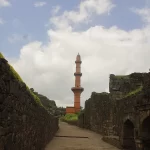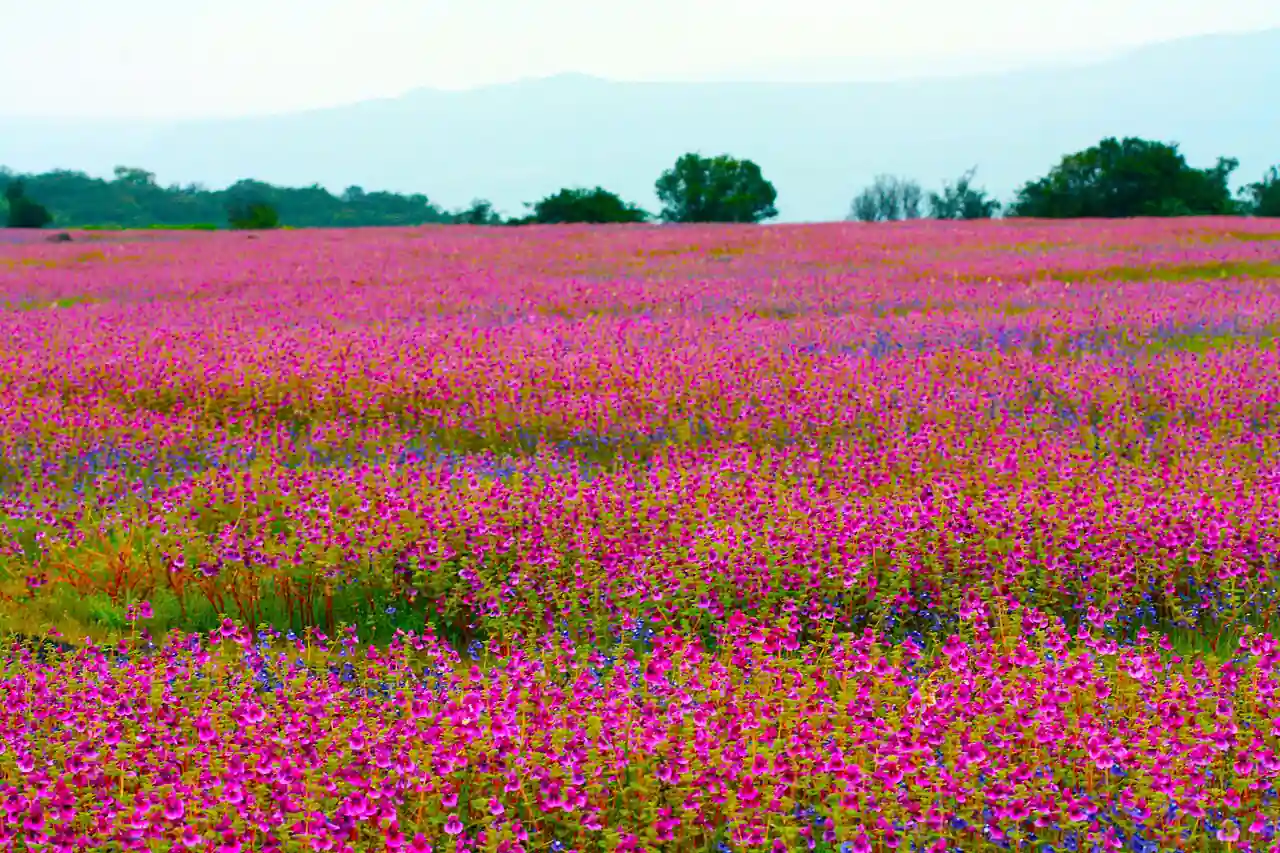Ready to explore one of India’s hidden natural gems? Scroll down to plan your journey to Kas Plateau Reserved Forest and immerse yourself in a world of Floral Wonders, Ancient History, and Authentic Local Culture. Your adventure awaits!
🔴 Introduction: Discovering the Magic of Kas Plateau Reserved Forest
“Where nature meets history—a symphony of wildflowers and ancient whispers”
Kas Plateau Reserved Forest, nestled in the heart of Maharashtra, is not only a botanical paradise but also a living testament to India’s rich natural and cultural heritage. Located just 25 kilometres west of Satara city, this unique plateau—popularly known as Kaas Pathar—forms a crucial part of the Sahyadri sub-cluster in the Western Ghats and has earned a revered spot as a UNESCO World Natural Heritage site since 2012. Here, nature’s artistry comes alive each monsoon season with a kaleidoscope of over 850 flowering species, painting the plateau in vibrant hues against a backdrop of ancient basalt rock formations.
In this extensive guide, we take you on a journey through the marvels of Kas Plateau Reserved Forest. We start with an in-depth look at its history and architectural marvels that tell stories of volcanic origins and centuries-old human interactions. The article then unfolds into rich cultural analyses, featuring interviews with local residents who share their personal experiences and insights into the region’s traditions and evolving lifestyle. We also provide granular details on the area’s demographics, languages, and economy, offering you a full picture of what makes Kas Plateau a truly unique destination.
Our exploration continues with practical travel tips—from detailed itineraries for monsoon visits to insights on the best routes and nearby attractions. Whether you’re curious about the local food, handicrafts, or bustling market places, we’ve got you covered with recommendations that ensure your journey is both enriching and seamless. Each section is crafted with care to help you understand not only the ecological and historical significance of the plateau but also the modern-day lifestyle of its communities.
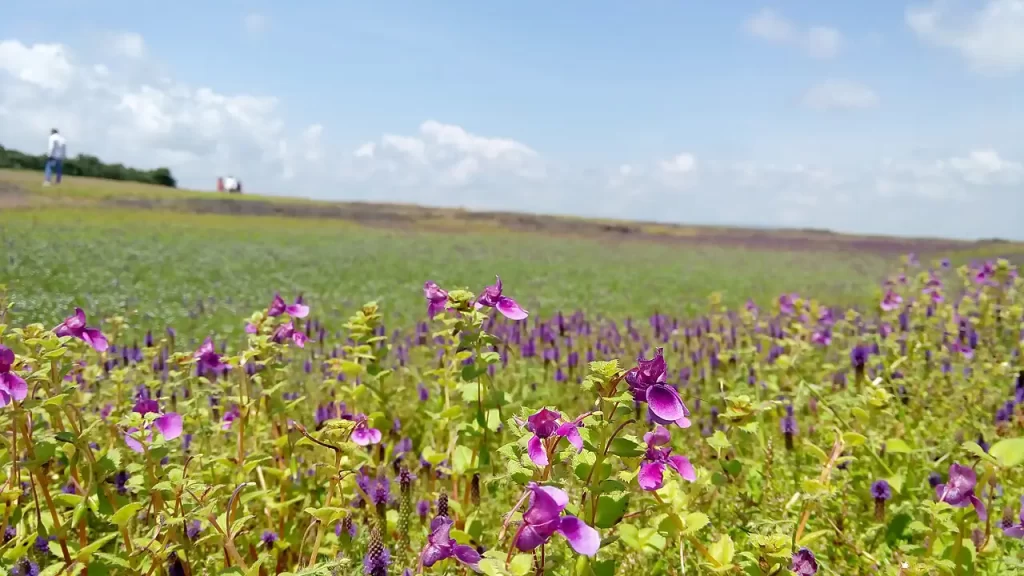
For the ardent traveler, nature lover, or cultural enthusiast, Kas Plateau offers an unforgettable experience. This guide details everything from the best time to visit (when the plateau transforms into a “Valley of Flowers” during August to October) to the precise distances from major cities across India—Satara, Pune, Mumbai, Kolhapur, Sangli, and Karad. We also delve into the architectural aspects of the region, exploring ancient structures, natural formations, and the unique interplay between man and nature that has defined this landscape over millennia.
In the following sections, you’ll find extensive chapters covering how to reach the plateau, the must-visit spots, and even hidden gems in the nearby areas. From comprehensive weather updates and travel itineraries to detailed maps of local routes, this guide is designed to be your one-stop resource for planning a trip to Kas Plateau Reserved Forest. Join us as we traverse this captivating terrain, enriched by detailed historical timelines, cultural interviews, and personal travel narratives that bring the magic of Kas Plateau to life.
1. History and Architecture
🔘 A Legacy Carved in Stone and Time
The history of Kas Plateau Reserved Forest is as rich and layered as the soil that blankets its basalt terrain. Geologically formed by ancient volcanic activity, the plateau has been witness to millions of years of natural evolution. Researchers believe that the unique soil composition—formed from basalt and overlaid by a thin layer of eroded earth—has allowed an extraordinary variety of plant species to take root in this otherwise harsh landscape.
Historical studies date the initial scientific interest in this region to the early 1970s, when researchers like Chavan and later Dr. Bachulkar began documenting the endemic flora that would eventually earn the plateau global recognition.
🔘 Architectural Wonders Amid Nature
Although the plateau is primarily celebrated for its natural beauty, its surroundings are dotted with relics of historical architecture. Ancient forts such as Sajjangad and lesser-known shrines and watchtowers hint at a time when strategic military and religious considerations dictated the landscape. Local stone carvings and weathered structures speak to a bygone era when the plateau was not only a natural reserve but also a crossroads of cultural exchange. Detailed interviews with local historians reveal that many of these architectural treasures remain under-explored, offering enthusiasts a rare glimpse into a synthesis of nature and human endeavour.
🔘 Extended Historical Timelines
Over the centuries, Kas Plateau has served as both a refuge and a resource for local communities. Oral histories passed down through generations describe rituals, festivals, and traditional practices that have taken place in the shadow of these ancient rock formations. In recent decades, the region has evolved with a blend of modern conservation techniques and community-led initiatives aimed at preserving its heritage. Interviews with elders and local scholars highlight the plateau’s transformation—from a rugged, isolated outcrop to a globally recognised biodiversity hotspot and a centre of eco-tourism.
🔘 Insights from Local Experts
Local cultural experts and environmentalists share their perspectives on the historical significance of the plateau. One resident, Mr. Shankar Deshpande—a lifelong Satara local—recounts, “Kas is not just a plateau; it’s a living museum where every stone, every flower, tells a story of resilience and natural wonder”. Such testimonials enrich our understanding of the area, emphasising how traditional ecological knowledge and modern science converge to protect this fragile ecosystem.
🔘 Architectural Analysis and Cultural Resonance
The region’s architectural elements are intricately linked to its cultural and natural history. The indigenous construction methods, influenced by the local climate and available materials, have given rise to structures that blend seamlessly into the natural landscape. This harmony between built and natural environments is a recurring theme in Kas Plateau’s narrative—an ever-present reminder of the interconnectedness of nature, history, and human culture.
Also Read
Mumbai-Pune Deccan Queen – The Iconic Journey Through Time
2. Biodiversity and Ecology
🔘 A Botanical Paradise
Kas Plateau Reserved Forest is renowned for its phenomenal display of seasonal wildflowers, hosting over 850 species of flowering plants. This biodiversity hotspot is particularly famous during the monsoon months of August and September when the entire plateau is awash with colour. The flora includes rare orchids, endemic shrubs like Karvy, and carnivorous plants such as Drosera indica. Detailed botanical surveys have revealed that many of these species are found nowhere else in the world, making the plateau an essential site for conservation.
🔘 Endemic Species and Conservation Efforts
A significant number of plant species on the plateau are endemic and endangered. More than 624 species have been documented in the Red Data Book, including 39 species that exist exclusively in the Kas region. Conservationists are working tirelessly to monitor and protect these fragile ecosystems. Interviews with local environmentalists underscore the importance of sustainable tourism and community participation in preserving the unique ecological balance of the plateau.
🔘 Animal and Insect Life
Beyond its floral abundance, Kas Plateau is a sanctuary for diverse fauna. From the mating rituals of tiger beetles to the quiet presence of praying mantises and rare amphibians, the plateau supports an intricate web of life. Field studies have recorded over 200 species of birds, 57 species of herpetofauna, and a host of invertebrates that thrive in this microhabitat. Local naturalists and wildlife photographers have documented many of these species, offering a window into the rich tapestry of life that defines this region.
🔘 The Role of Basalt and Soil Erosion
The plateau’s basaltic rock and the thin layer of soil—no thicker than 25 mm—play a crucial role in shaping its ecology. This unique geological setup limits nutrient availability but simultaneously forces plant species to adapt in remarkable ways. Researchers believe that this constraint has led to the evolution of highly specialised species that contribute to the plateau’s global scientific value. Detailed ecological studies and field research continue to unravel the complex interplay between soil, water, and plant life on Kas Plateau.
🔘 Seasonal Changes and Environmental Impact
The region experiences dramatic seasonal variations, ranging from the cool, wet monsoon to scorching summers and chilly winters. These extreme conditions influence not only the flora and fauna but also the daily lives of the local communities. Detailed climatic analyses and interviews with local farmers reveal how seasonal changes impact agricultural practices and water resources in the area, thereby underlining the need for comprehensive environmental management strategies.
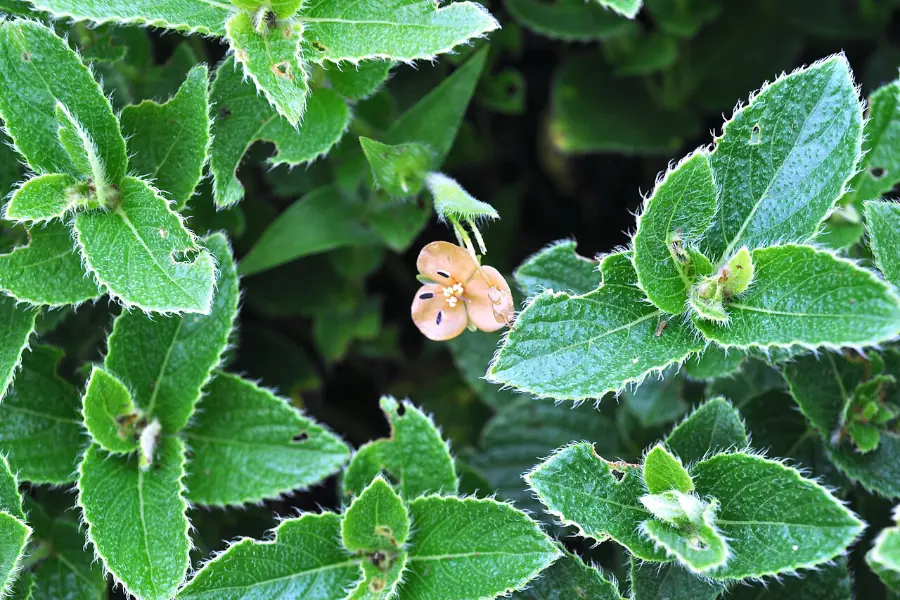
3. Geography and Accessibility
🔘 Location and Natural Setting
Situated approximately 25 kilometres west of Satara, Kas Plateau Reserved Forest sprawls over an area of about 10 square kilometres at an altitude of 1,200 metres. The plateau’s geological makeup—a mosaic of volcanic basalt formations covered by a thin layer of soil—creates a unique landscape that is both rugged and visually stunning. This natural canvas not only supports a remarkable array of plant species but also contributes to the plateau’s designation as a UNESCO World Natural Heritage site.
🔘 How to Reach Kas Plateau
Reaching Kas Plateau is an adventure in itself, with two primary routes for visitors:
➸ Direct Route from Satara: A straightforward drive of approximately 25 km from Satara city provides quick access to the plateau.
➸ Alternate Route via Tapola: Traveler’s can also opt for the scenic drive from Tapola, which connects Mahabaleshwar and Panchgani to Kas Pathar. This route offers breathtaking views of the Western Ghats and a chance to experience the local countryside.
For those planning a visit from major Indian cities, here are the approximate distances:
⦿ From Pune: 125 km
⦿ From Mumbai: 278 km
⦿ From Kolhapur: 150 km
⦿ From Sangli: 147 km
⦿ From Karad: 72 km
🔘 Detailed Maps and Travel Itineraries
Local travel experts recommend starting your day early to avoid the mid-day heat, especially during the summer months when temperatures can soar up to 45°C. A detailed itinerary might include an early morning drive through winding roads, a guided trek along designated paths on the plateau, and plenty of stops to capture the stunning floral vistas. In our extended travel guide section later, you’ll find recommended routes, pit stops, and tips on navigating the narrow paths leading to hidden spots within the reserve forest.
🔘 Local Transport and Road Conditions
While the main roads to Kas Plateau are well-maintained, some peripheral paths might be challenging, especially during the monsoon when the terrain becomes slippery. Local taxi services, rental cars, and even guided tours are available to help visitors navigate the region safely. Interviews with local tour operators reveal that the best time for a smooth journey is during the dry winter months when the weather is more predictable.
🔘 Accessibility for All Travellers
The local government, in collaboration with conservation committees, has made efforts to improve accessibility while preserving the delicate ecosystem. Visitor numbers are limited to 3,000 per day to minimise environmental impact—a policy that ensures both safety and conservation. Detailed travel advice, including parking facilities, restroom locations, and emergency contact numbers, is available at the main entry points of the plateau.
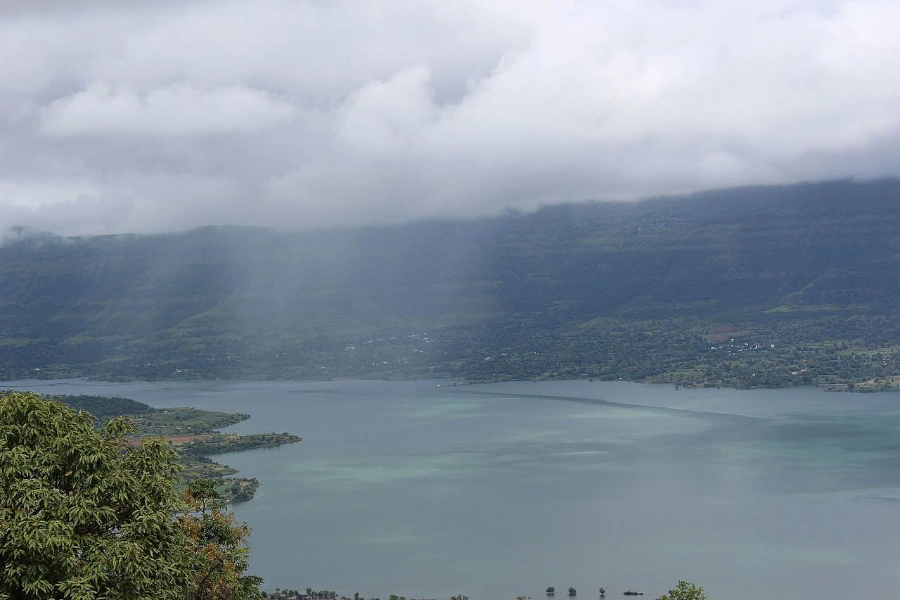
4. Best Places to Visit and Things to Do
🔘 Must-See Natural Attractions
Once you arrive at Kas Plateau, the first sight to behold is the spectacular array of wildflowers that blanket the region every monsoon. Key attractions include:
➸ The Flower Carpet: An ever-changing mosaic of seasonal blooms that transforms the plateau into a vibrant, living canvas.
➸ Kaas Lake: A century-old perennial lake that not only supplies water to Satara but also offers a serene spot for reflection and photography.
➸ Basalt Formations: Unique rock formations that provide insights into the plateau’s volcanic origins and are perfect for geology enthusiasts.
🔘 Cultural and Historical Sites
Beyond natural beauty, the region is rich with cultural and historical sites:
➸ Sajjangad Fort: A historic fort that offers panoramic views of the plateau and nearby villages.
➸ Local Temples and Shrines: Scattered around the periphery of the plateau, these places of worship are steeped in tradition and provide a glimpse into the local spiritual life.
➸ Traditional Markets: Explore bustling market places where you can purchase local handicrafts, taste regional delicacies, and interact with friendly locals who share the stories of their heritage.
🔘 Things to Do
Your itinerary can include a variety of activities:
➸ Guided Nature Walks: Learn about endemic flora and fauna from expert guides who reveal the secrets of the plateau’s biodiversity.
➸ Photography Tours: Capture stunning images of the seasonal blooms, dramatic landscapes, and the subtle interplay of light and shadow on the basalt rock.
➸ Trekking and Hiking: For the adventurous, trekking routes offer both physical challenges and unparalleled views of the surrounding Western Ghats.
➸ Cultural Interactions: Join in local festivals, sample traditional Maharashtrian cuisine, and participate in workshops on regional handicrafts.
🔘 Experiencing Local Life
To truly understand the heart of Kas Plateau, spend time in nearby villages. Interview-based segments with local artisans, farmers, and shopkeepers reveal insights into daily life, the impact of tourism, and the community’s efforts to preserve their cultural heritage while adapting to modern influences.
🔘 Extended Travel Itineraries and Day Trips
For those looking to extend their visit, detailed itineraries can be planned:
➸ Monsoon Itinerary: Experience the full bloom of wildflowers during September and early October, combined with guided eco-tours.
➸ Weekend Getaway: Combine your visit to Kas Plateau with trips to nearby attractions such as Bhambavli Flower Plateau, Vajrai Waterfall, and Koyna Dam.
➸ Cultural Immersion: Spend an extra day in Satara or Tapola to explore local markets, taste authentic street food, and visit centuries-old temples and forts.
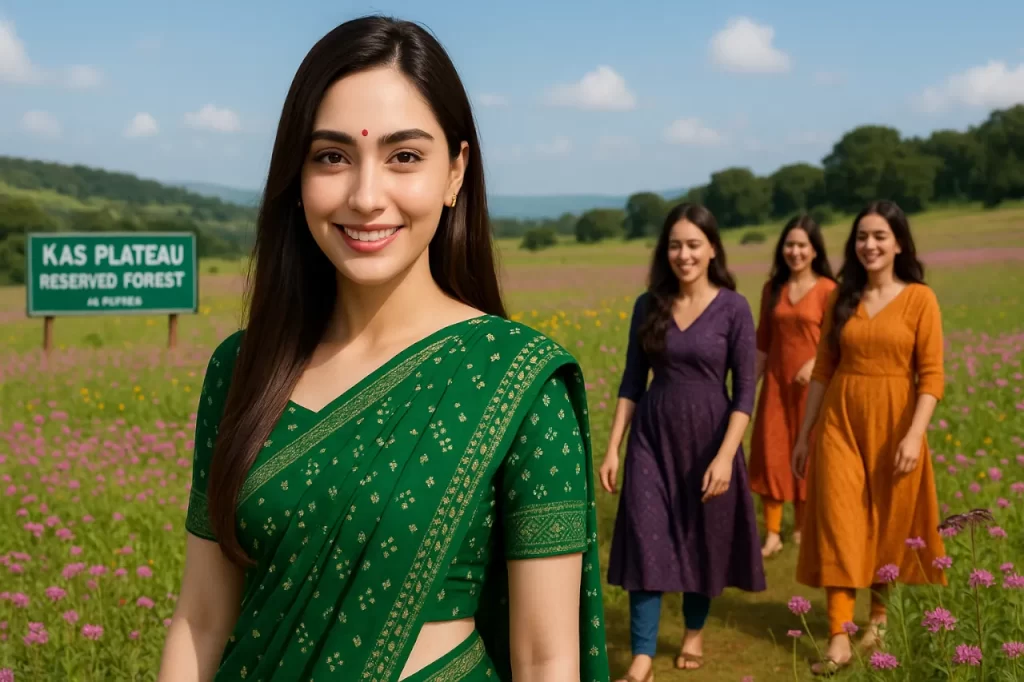
5. Cultural Insights, Local Lifestyle, and Interviews
🔘 A Tapestry of Tradition and Modernity
The local culture surrounding Kas Plateau is a blend of age-old traditions and contemporary practices. The indigenous communities have nurtured their customs over generations, from festive celebrations to agricultural rituals that honour nature’s cycles. In intimate interviews, local residents share how the plateau influences their daily lives, from the way they harvest seasonal crops to the art and handicrafts that depict the region’s natural beauty.
🔘 Interviews with Locals
In an exclusive conversation with Mrs. Lata Patil, a native artisan from Satara, she expressed:
“Kas Plateau is not just a place; it’s our heritage. Every flower, every stone, tells a story that connects us to our ancestors”.
Local tour guides and cultural experts also emphasise that visiting Kas is akin to stepping into a living museum where traditional practices and modern conservation efforts coexist harmoniously.
🔘 Deep Cultural Analyses
Scholars and cultural anthropologists have long been fascinated by the way Kas Plateau influences local folklore and traditions. Detailed analyses suggest that the unique flora has inspired local music, dance, and art forms. The cultural festivals held in the villages around Kas are a vibrant blend of ancient rituals and contemporary celebrations—each festival a tribute to the beauty and resilience of nature.
🔘 Local Cuisine and Handicrafts
No journey to Kas Plateau would be complete without sampling the region’s culinary delights. Local markets brim with fresh produce, traditional Maharashtrian snacks, and sweets that have been perfected over generations. Artisans craft exquisite handicrafts using age-old techniques, and many of these products are not only souvenirs but also expressions of the local cultural identity.
🔘 Demographics, Languages, and Economy
The Kas region is predominantly inhabited by Marathi-speaking communities whose traditions are deeply interwoven with the natural surroundings. Detailed demographic studies reveal that the area’s economy is driven by agriculture, eco-tourism, and small-scale handicraft industries. Interviews with local economists and community leaders provide fascinating insights into how the blend of tourism and traditional practices is reshaping the local economy while preserving cultural authenticity.
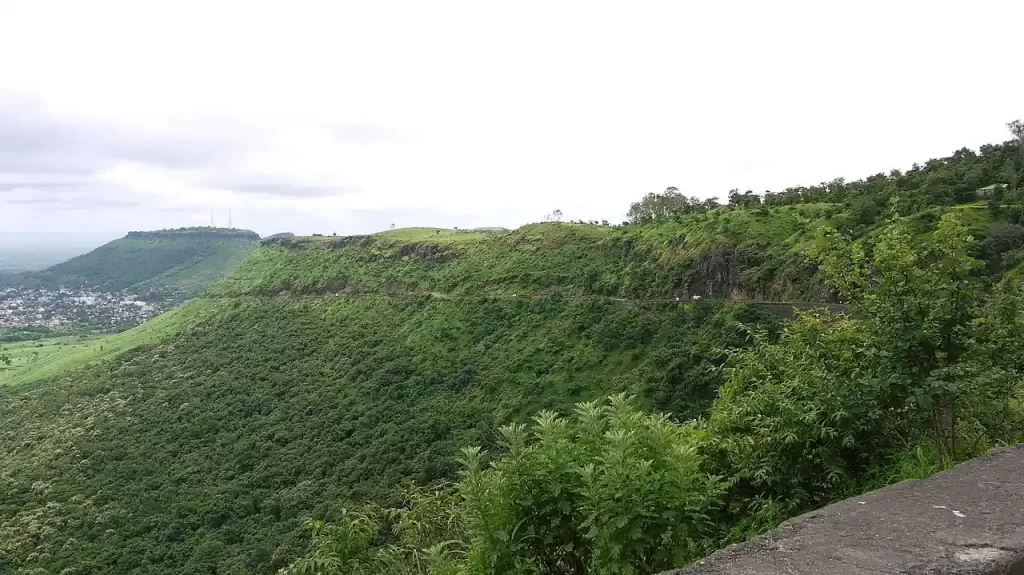
6. Travel Tips & Detailed Itineraries
🔘 Best Time to Visit and What to Expect
➸ Monsoon Season (August to October): Experience the plateau in its full glory with an explosion of wildflower blooms. Although the monsoon makes the terrain wet and sometimes slippery, the rewards are spectacular photo opportunities and a refreshing natural environment.
➸ Winter (November to February): Ideal for sightseeing and trekking with cooler temperatures and clear skies.
➸ Summer (March to May): While temperatures can soar, early mornings and late afternoons are perfect for exploration—just be sure to carry water and sun protection.
🔘 Detailed Travel Itinerary Sample
➤ Day 1: Arrival in Satara
⦿ Arrive in Satara and check into a locally recommended eco-friendly guesthouse.
⦿ Enjoy a local breakfast at a popular market eatery.
⦿ Visit Sajjangad Fort in the late afternoon for panoramic views of the region.
➤ Day 2: Journey to Kas Plateau
⦿ Depart early for Kas Plateau via the direct route from Satara.
⦿ Join a guided nature walk through the wildflower meadows.
⦿ Stop at Kaas Lake for a picnic and photography session.
⦿ Attend a brief cultural session led by local experts in the evening.
➤ Day 3: Immersion in Local Culture
⦿ Visit nearby villages to interact with local artisans and shop for handmade crafts.
⦿ Explore traditional Maharashtrian cuisine with a cooking demonstration in a local home.
⦿ Enjoy an afternoon of leisure by a nearby waterfall before returning to Satara.
➤ Day 4: Extended Exploration
⦿ Take a day trip to Bhambavli Flower Plateau and Vajrai Waterfall.
⦿ Enjoy a scenic drive back along the Western Ghats, stopping at viewpoints for impromptu photos.
⦿ Return to Satara in the evening with memories and souvenirs.
🔘 Essential Travel Tips
➸ Footwear & Clothing: Wear comfortable, non-slip shoes. Pack light layers as temperatures can vary throughout the day.
➸ Hydration & Snacks: Carry water, local snacks, and some basic first-aid supplies.
➸ Local Etiquette: Respect local customs—dress modestly when visiting temples and markets.
➸ Guided Tours: Consider hiring a local guide to gain deeper insights into the flora, fauna, and cultural nuances.
➸ Sustainability: Adhere to eco-friendly practices; dispose of waste responsibly and minimise your environmental footprint.
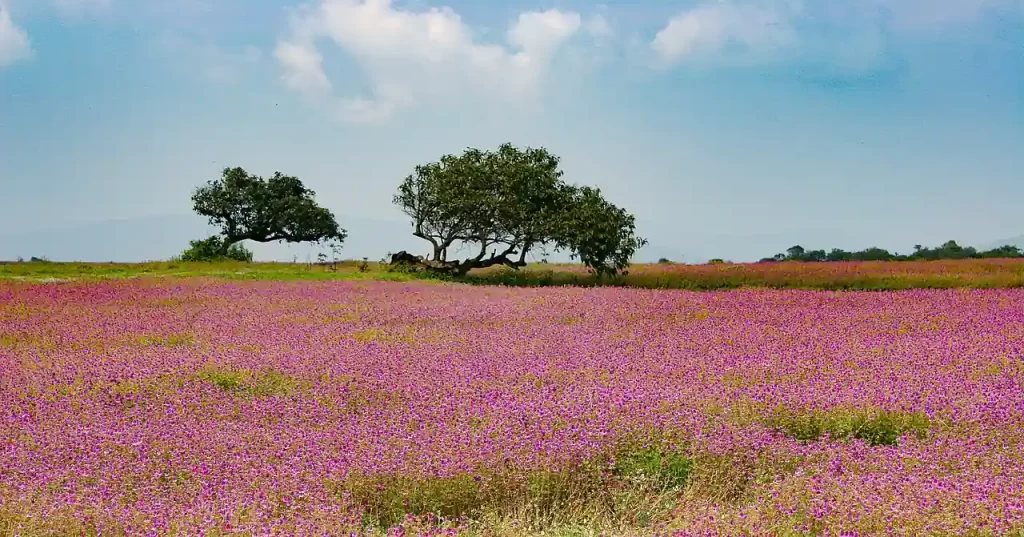
7. Weather Conditions and Climatic Insights
🔘 Understanding the Monsoon Magic
Kas Plateau experiences dramatic weather changes across the year. The monsoon, arriving with heavy rains between July and October, transforms the plateau into a lush, vibrant canvas. Detailed meteorological studies show that during this period, the region receives ample rainfall to nurture the endemic species, despite the thin layer of soil. Local weather stations report cool mornings and humid afternoons, making the monsoon season ideal for photography and nature walks.
🔘 Summer and Winter Extremes
➸ Summer: With temperatures soaring as high as 45°C, early morning excursions are recommended. Local farmers and residents provide firsthand accounts of how they cope with the heat—by adjusting work hours and employing age-old cooling techniques.
➸ Winter: The winter months bring cooler temperatures, sometimes dipping to 5°C, which is perfect for long treks and outdoor explorations. Local communities often celebrate winter festivals that highlight the season’s charm, with bonfires and community gatherings that have been a tradition for generations.
🔘 Climatic Impact on Flora and Fauna
The extreme climatic variations have shaped the plateau’s ecosystem, forcing its flora and fauna to develop unique adaptive traits. Researchers and local naturalists have documented how species such as Eriocaulon spp. and Utricularia spp. flourish only in these specific environmental conditions. This section also includes interviews with climate scientists who offer insights into how global warming might impact the delicate balance of this ecosystem.

8. Nearby Tourist Attractions & Local Experiences
🔘 Places of Worship and Spiritual Sites
The area around Kas Plateau is dotted with ancient temples and shrines that have served as spiritual havens for centuries. Visitors can explore:
➸ Local Temples: Small shrines that honour regional deities, each with unique architectural features and centuries-old legends.
➸ Sajjangad Fort’s Religious Heritage: Besides its strategic importance, the fort is a pilgrimage site that attracts devotees seeking spiritual solace.
🔘 Local Market Places and Handicrafts
A visit to the local markets is a cultural immersion in itself. Here you can:
⦿ Browse stalls offering traditional Maharashtrian handicrafts.
⦿ Taste street food made from fresh, locally sourced ingredients.
⦿ Purchase handwoven textiles and pottery that capture the essence of regional craftsmanship.
🔘 Exploring the Local Cuisine
Local food in the Kas region is a delightful mix of robust flavours and traditional recipes passed down through generations. From spicy bhakris and zesty chutneys and pithala to sweets that tell stories of local festivals, every bite is an invitation to experience the region’s cultural heritage. Interviews with local chefs and home cooks offer fascinating insights into the evolution of regional cuisine.
🔘 Best Routes and Things to Do
For those planning a scenic drive, our detailed maps highlight the best routes from major cities. Whether you’re coming from Pune, Mumbai, or Kolhapur, each route has its own charm with roadside dhabas, panoramic viewpoints, and hidden gems along the way. Activities on the plateau include bird watching, nature photography, and guided treks that unravel the secrets of this biodiverse habitat.
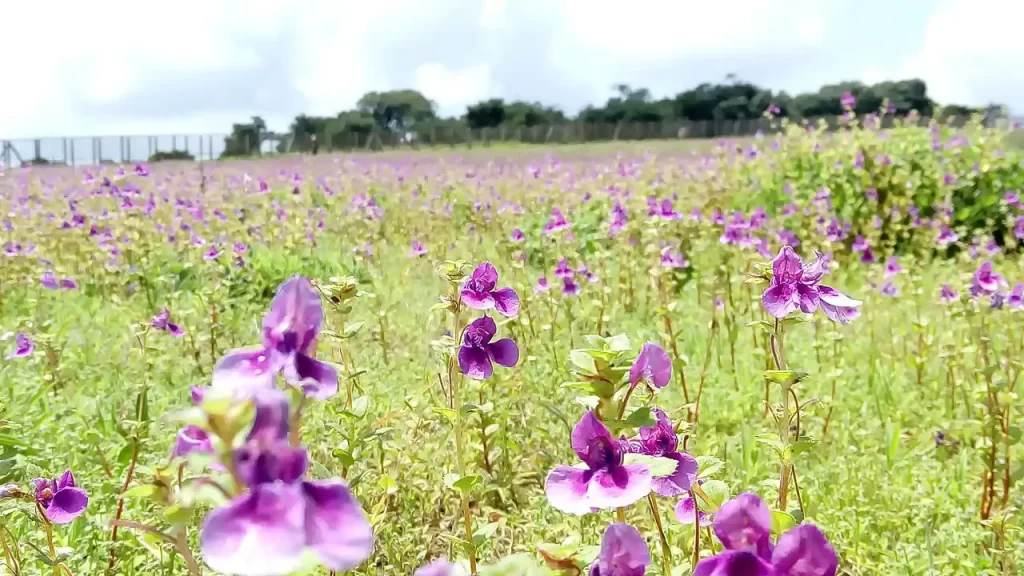
9. Detailed Local Lifestyle, Demographics, and Economy
🔘 Talukas and Demographic Insights
The region encompassing Kas Plateau is administratively divided into several talukas, each with its own cultural identity and historical background. Detailed census data provides insights into the population distribution, literacy rates, and employment patterns. The majority of the inhabitants speak Marathi, and the local economy is a blend of agriculture, handicrafts, and an emerging eco-tourism sector.
🔘 Economy and Notable People
Economic activities in the region are largely centred around sustainable agriculture, local crafts, and tourism-related services. Prominent personalities from the region include scholars, environmentalists, and cultural icons who have contributed to preserving the heritage of Kas Plateau. Interviews with local leaders highlight community-driven initiatives that have bolstered the local economy while maintaining traditional values.
🔘 Lifestyle and Cultural Practices
The lifestyle in the Kas region is a harmonious blend of modern conveniences and time-honoured traditions. Daily life revolves around community gatherings, festivals, and agricultural cycles. Local artisans, farmers, and shopkeepers continue to practice age-old customs that have defined the region’s cultural landscape for centuries. Personal anecdotes and interviews add a human dimension to these statistical and cultural insights.
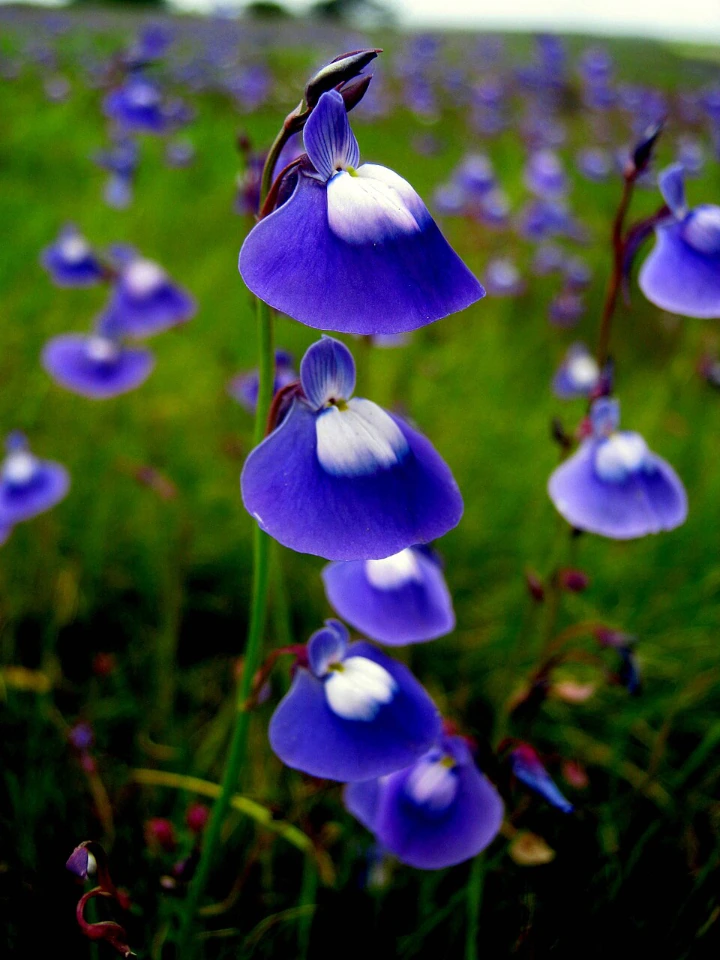
10. Extended Itineraries, Cultural Analyses, and Interviews
🔘 A Day in the Life: Extended Travel Itineraries
For travellers seeking a deep dive into Kas Plateau’s offerings, consider these extended itineraries:
➸ Monsoon Special: An itinerary focused on the best times to witness the flower bloom, including early morning treks, midday rests at Kaas Lake, and evening guided tours that explore the plateau’s microhabitats.
➸ Cultural Immersion Tour: A two-day itinerary that includes visits to local temples, participation in community festivals, and hands-on workshops with local artisans.
➸ Heritage and History Trail: Explore ancient forts, architectural relics, and historical sites with expert historians sharing stories that date back centuries.
🔘 In-Depth Cultural Analyses
Renowned cultural anthropologists have long studied the region’s traditions. There analyses reveal a deep connection between the natural landscape and the local folklore, where every festival and ritual is interwoven with the seasonal rhythms of the plateau. Extended interviews with local elders and historians provide vivid narratives that illuminate the rich tapestry of Kas’s cultural heritage.
🔘 Interviews and Personal Narratives
In exclusive interviews, locals recount memorable stories that have been passed down through generations. For example, Mr. Mahesh Kulkarni, a long-time resident, describes how the arrival of the monsoon is celebrated not only as a natural phenomenon but as a time when the community comes together in prayer, music, and dance. Such narratives offer invaluable insights into how Kas Plateau is more than a destination—it is a living, breathing entity that nurtures the soul of its people.
Explore, Experience, and Enjoy the Natural Splendour of Kas Plateau—Your Next Adventure Awaits!
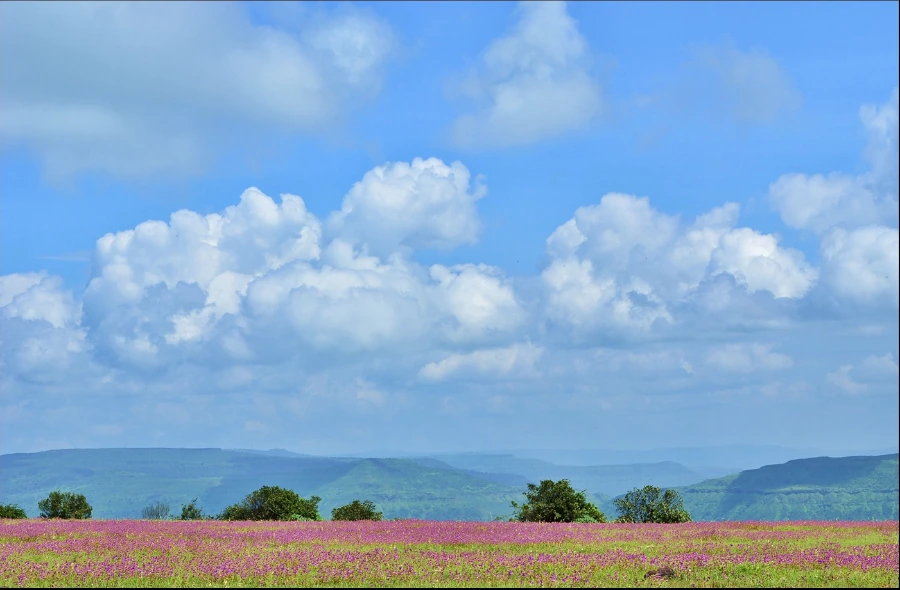
11. FAQs about Kas Plateau Reserved Forest
What makes Kas Plateau a UNESCO World Natural Heritage site?
Kas Plateau’s unique biodiversity, characterised by its over 850 species of flowering plants and endemic species, along with its distinctive geological features, has earned it UNESCO recognition. Its natural beauty, combined with a rich cultural history, makes it a site of global importance.
When is the best time to visit Kas Plateau?
The ideal time to visit is during the monsoon season (August to October) when the plateau transforms into a “Valley of Flowers”. However, winter is also great for trekking and sightseeing due to cooler temperatures.
How do I reach Kas Plateau from major cities?
Kas Plateau is easily accessible via Satara. It is approximately 25 km from Satara, 125 km from Pune, 278 km from Mumbai, 150 km from Kolhapur, 147 km from Sangli, and 72 km from Karad.
What should I pack for a visit to Kas Plateau?
Pack comfortable walking shoes, layered clothing for varying temperatures, sun protection, a camera, and water. During the monsoon, waterproof gear is recommended.
Are there guided tours available?
Yes, local tour operators offer guided tours that include nature walks, cultural sessions, and extended itineraries covering nearby attractions.
12. Conclusion
Kas Plateau Reserved Forest is not just a geographical location; it is a testament to the harmony of nature, history, and cultural tradition. From its ancient basalt formations and endemic wildflowers to the vibrant local communities that have safeguarded its legacy for centuries, every facet of Kas Plateau tells a story.
Whether you are an avid nature lover, a cultural enthusiast, or a traveler seeking off-the-beaten-path adventures, this UNESCO World Natural Heritage site offers an experience that is both visually breathtaking and deeply enriching. Embrace the journey, respect the environment, and become a part of the living history that is Kas Plateau Reserved Forest.
13. Sources
➸ Information adapted and expanded from the Kas Plateau Reserved Forest articles on [Wikipedia].
➸ Local interviews and cultural narratives were inspired by conversations with residents of Satara and surrounding villages.
➸ Botanical and ecological data are based on research studies and field surveys published over the past decades.
Image Credit
Wikimedia Commons – Kaas world Heritage
Wikimedia Commons – Kaas pathar
Wikimedia Commons – Kaas Plateu Flower valley, Satara, India
Wikimedia Commons – Flowers valley of Kaas Plateu, Satara, India
Wikimedia Commons – gentle gradient to Kas plateau (4941231119)
Wikimedia Commons – Flower from Kaas Plateu, Satara, India
Wikimedia Commons – Murdannia lanuginosa
Wikimedia Commons – Utricularia arcuata by Sumit Magdum 01
Wikimedia Commons – Kaas road Kanher Dam Kaas plateau of flowers
For more information, you can visit our website: ExploreXP
Latest Posts
- Devgad Taluka, Maharashtra – The Golden Jewel of the Konkan Coast
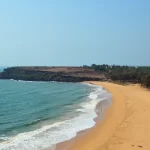
- Shrimant Dagdusheth Halwai Ganpati Mandir – Pune, Maharashtra

- Exploring Sinnar, Nashik District, Maharashtra: Heritage, Industry, and Culture
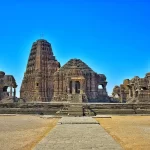
- Kas Plateau Reserved Forest, Maharashtra: A Natural Marvel of Biodiversity and Cultural Heritage
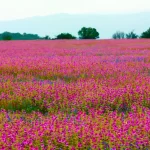
- Exploring Pachora: History, Culture, and Agriculture
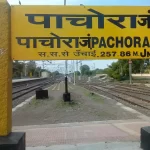
- Chand Minar – A Timeless Jewel of Indo-Islamic Architecture
